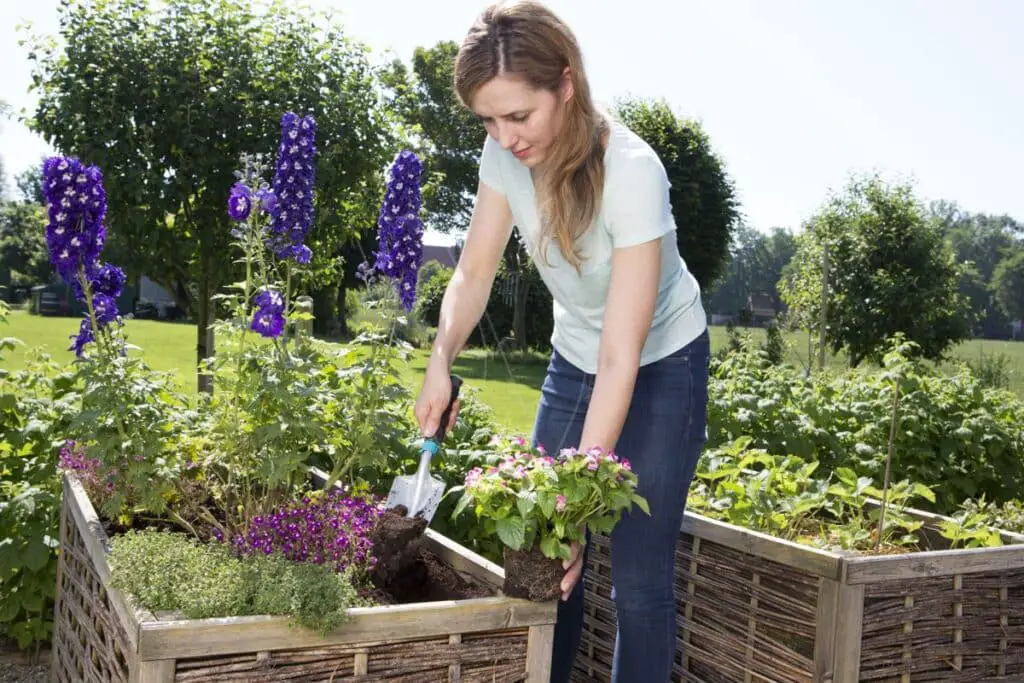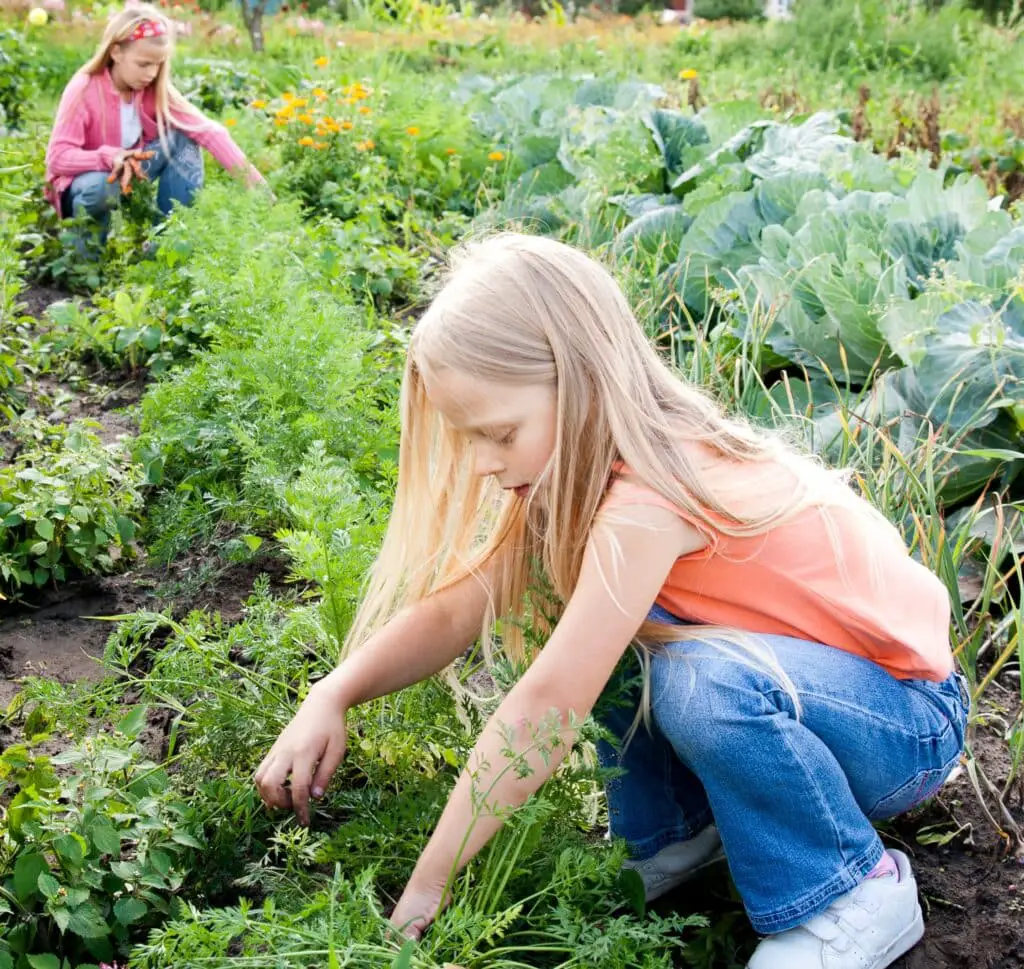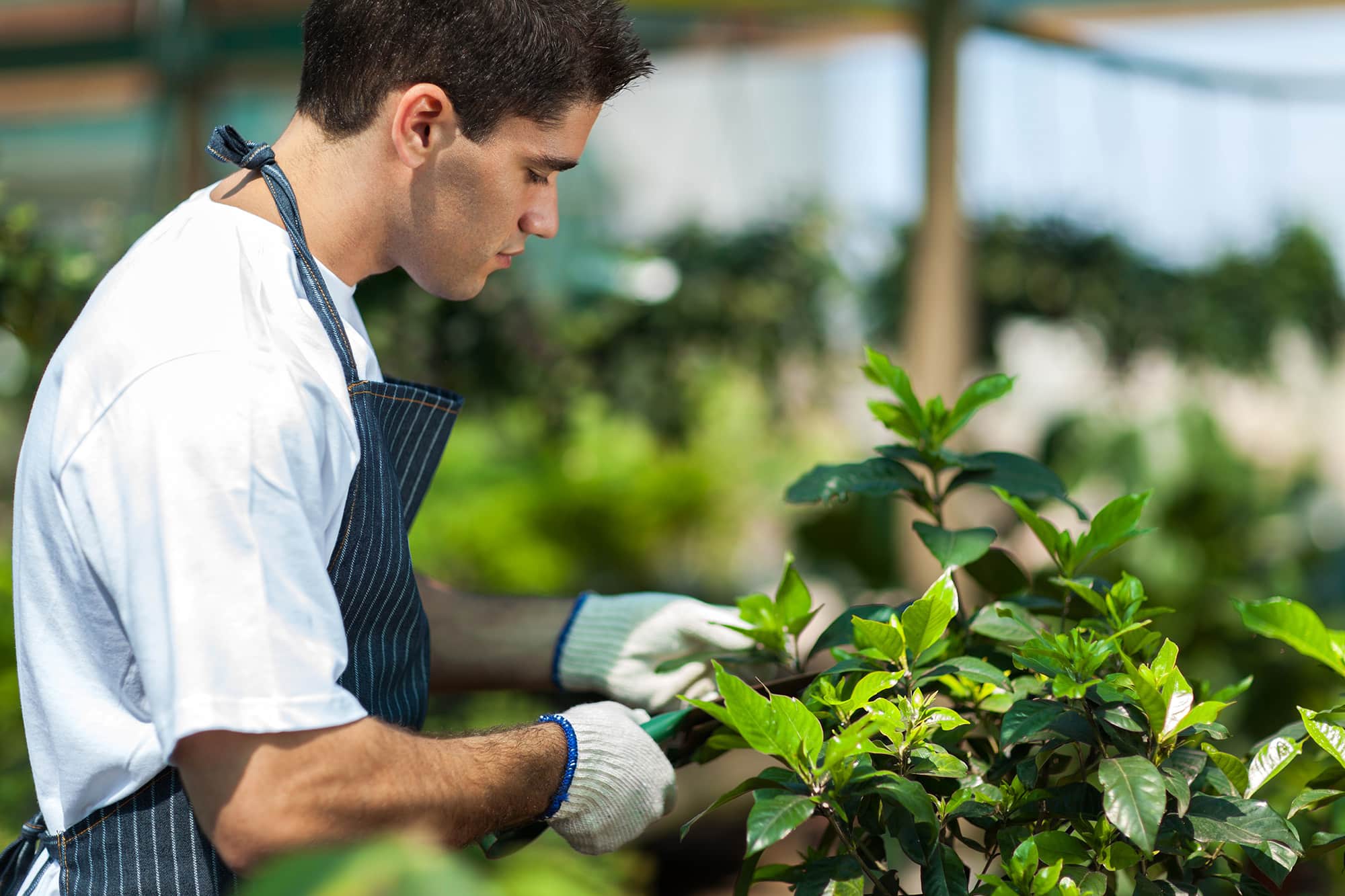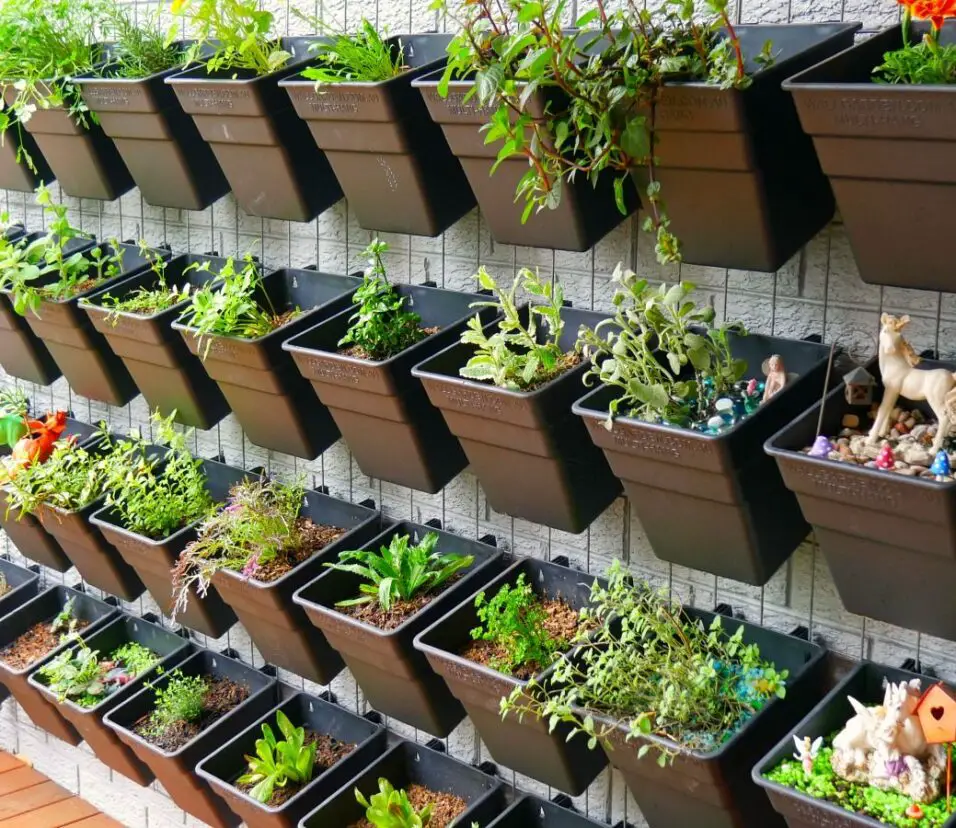Does Gardening Burn Calories
Introduction
Does Gardening Burn Calories: Gardening, a timeless and fulfilling activity, transcends mere horticultural engagement by offering a plethora of health benefits, including the potential to burn calories. Beyond its aesthetic and environmental rewards, gardening’s physical demands have piqued the curiosity of health enthusiasts and researchers alike. The question at hand delves into the extent to which gardening contributes to calorie expenditure and, consequently, its role in promoting an active lifestyle.
Amidst the modern backdrop of sedentary routines and urban landscapes, the act of tending to a garden harks back to an era when manual labor was the norm. The symbiotic relationship between humans and the soil fosters an environment where energy expenditure becomes inherent. Engaging in tasks such as digging, planting, weeding, and watering involves a dynamic blend of muscular effort, flexibility, and cardiovascular engagement. This amalgamation of physical exertion leads us to investigate the tangible impact that gardening has on burning calories.
The interplay between gardening leave and calorie burn necessitates an understanding of variables like gardening duration, intensity, and the diversity of tasks undertaken. While it may not rival high-intensity workouts, gardening’s sustained and diverse physical demands hold promise in contributing to a daily calorie-burning regimen. Unearthing the scientific underpinnings of gardening’s energy expenditure aligns seamlessly with the contemporary pursuit of holistic well-being.

How many calories do you burn gardening?
pulling weeds, planting flowers, etc.: 200-400 calories per hour.
Gardening’s calorie-burning potential depends on work, intensity, and duration. On average, light to moderate gardening burns 200–400 calories per hour. The calorie burn of weeding, planting, and light digging is equal to walking or easy cycling.
Heavy gardening labor like digging, shoveling, or moving dirt can burn many calories. These activities require more muscle and burn 400–600 calories per hour. It’s important to understand that age, weight, and fitness level affect calorie burn.
Gardening may not burn as many calories as hard gym workouts, but its holistic benefits make it appealing. Physical movement, fresh air, and mental relaxation improve well-being. Thus, gardening may not burn calories, but its many benefits make it a worthwhile and healthy activity.
Which burns more calories walking or gardening?
Gardening burns more calories than a modest walk. Outdoor chores can burn calories and support your goals, so employ them instead of substituting planned exercise.
Walking and gardening burn calories differently depending on numerous things. Easy cardiovascular activity walking burns calories consistently. Brisk walking burns 250–300 calories per hour, making it a good exercise for energetic people.
However, gardening involves a variety of physical activity, from weeding to digging and lifting. Gardening calorie burn varies on task. Gardening can burn 200–400 calories per hour, but vigorous digging or lifting can burn 400–600 calories.
Walking and gardening provide benefits. Walking burns calories easily and consistently for all fitness levels. However, gardening stimulates more muscle groups and offers a more complete physical experience. Individual preferences, fitness goals, and the desire for physical exercise and garden satisfaction determine the option.
Does gardening burn belly fat?
Aerobic exercise includes any activity that raises your heart rate such as walking, dancing, running or swimming. This can also include doing housework, gardening and playing with your children. Other types of exercise such as strength training, Pilates and yoga can also help you lose belly fat.
Gardening can contribute to overall calorie burn, which can indirectly aid in reducing belly fat. This, in turn, can lead to a reduction in overall body fat, including belly fat. Additionally, the combination of gardening movements and outdoor activity can contribute to improved metabolism and better cardiovascular health, further supporting the reduction of body fat.
While gardening can contribute to the calorie deficit needed for fat loss, it should be complemented by a balanced diet and other forms of exercise for optimal results. Focusing solely on gardening without addressing dietary habits and overall activity levels may not yield significant fat loss. Therefore, gardening can be a valuable component of a comprehensive approach to achieving a healthier body composition and reducing belly fat.
How many calories do you burn gardening for 3 hours?
Three hours’ gardening burns as many calories as an hour-long heavy gym session – around 600 to 700 calories – according to Clyde Williams, professor of sports science at Loughborough University.
The calorie burn during three hours of gardening can vary based on the intensity of the tasks performed. On average, light to moderate gardening activities like weeding, planting, and light digging may burn around 600 to 900 calories over the course of three hours. These activities involve continuous movement and can provide a decent calorie expenditure.
Engaging in more strenuous gardening tasks such as heavy digging, shoveling, and lifting for three hours could potentially result in burning around 900 to 1500 calories. These activities require greater muscular effort and can significantly elevate the overall energy expenditure.
Incorporating longer gardening sessions like this, along with a balanced diet and regular physical activity, can be a beneficial part of a healthy lifestyle and contribute to calorie management and overall well-being.
Can gardening be considered a viable form of exercise for calorie burning compared to traditional workouts?
Gardening can indeed be considered a viable form of exercise for calorie burning when compared to traditional workouts. While it might not always match the intensity of high-impact gym activities, gardening offers a unique combination of physical movements that engage various muscle groups and contribute to calorie expenditure.
Moderate to strenuous gardening activities like digging, planting, weeding, and raking require continuous movement, which helps elevate the heart rate and expend calories. The diverse range of motions involved in gardening, such as bending, lifting, squatting, and reaching, can result in a decent calorie burn over time.
While traditional workouts like running, cycling, or weightlifting might have more controlled and specific calorie-burning rates, gardening provides a holistic approach to physical activity. It allows you to immerse yourself in a productive outdoor environment, nurturing both the body and the mind simultaneously.
The beauty of gardening as exercise lies in its sustainable nature. It can be an enjoyable long-term practice that promotes overall fitness and well-being, even for those who may not gravitate toward traditional workouts. Integrating gardening into your routine can offer both the satisfaction of tending to a garden and the benefits of calorie burn, making it a valuable alternative to traditional exercises.
What are some examples of low-intensity gardening activities and their approximate calorie burn rates?
Low-intensity gardening activities encompass a range of tasks that still contribute to calorie burn while offering a more relaxed pace. These activities can be particularly suitable for individuals looking for gentle exercise or those gradually easing into physical activity. Weeding, a common gardening task, burns around 150 to 200 calories per hour. Light watering, which involves moving a hose and watering can, can expend approximately 100 to 150 calories per hour. Gentle pruning or trimming shrubs burns about 120 to 180 calories per hour.
Transplanting seedlings or small plants, another low-intensity activity, can result in a calorie burn of about 150 to 250 calories per hour. Even simple activities like leisurely walking while surveying your garden or light sweeping can contribute to calorie expenditure, approximately ranging from 100 to 150 calories per hour.
While these calorie burn rates might be lower than more vigorous exercises, the cumulative effect of engaging in these low-intensity gardening tasks over time can be beneficial for overall health and well-being. They provide an excellent way to stay active without placing excessive strain on the body, making gardening an inclusive and versatile form of physical activity.
What are the potential health benefits beyond calorie burning that can be derived from regular gardening?
Beyond calorie burning, regular gardening offers a wealth of diverse health benefits that make it a holistic and rewarding activity. Engaging with the soil, plants, and the outdoors provides a multitude of positive effects on both physical and mental well-being.
1. Stress Reduction:
Gardening has been shown to reduce stress levels and promote relaxation. The act of tending to plants and being surrounded by nature can have a calming effect on the mind, helping to alleviate anxiety and stress.
2. Improved Mood:
Spending time in a garden can boost mood and elevate feelings of happiness. The combination of fresh air, sunlight, and the visual appeal of blooming plants contributes to a positive emotional state.
3. Physical Exercise:
While not as intense as traditional workouts, gardening involves a variety of physical movements that engage different muscle groups, improve flexibility, and enhance cardiovascular health.
4. Cognitive Benefits:
Gardening requires planning, problem-solving, and decision-making, which can help keep the mind sharp and cognitive skills engaged, particularly as gardeners learn about different plant species and their care.
5. Connection to Nature:
Regular exposure to nature through gardening fosters a deeper connection with the environment. This connection has been associated with improved overall well-being and a sense of interconnectedness.
6. Vitamin D Absorption:
Spending time outdoors while gardening exposes the body to natural sunlight, facilitating the production of Vitamin D, which is essential for bone health and immune function.
7. Creative Outlet:
Gardening allows individuals to express their creativity by designing layouts, choosing plants, and arranging flowers. This creative aspect can have a positive impact on mental and emotional satisfaction.
8. Social Interaction:
Gardening can be a communal activity, providing opportunities for social interaction and building connections with fellow gardeners, neighbors, and the local community.
9. Nutritional Benefits:
Growing your own fruits, vegetables, and herbs can lead to a healthier diet, as you have easy access to fresh produce rich in nutrients.
The benefits of regular gardening extend far beyond the realm of burning calories. It provides a holistic approach to well-being, nurturing both the body and the mind through a combination of physical activity, mindfulness, and immersion in the natural world.
Are there specific gardening techniques or practices that can maximize calorie burn while maintaining a garden?
There are several gardening techniques and practices that can enhance calorie burn while effectively maintaining a garden. Incorporating these strategies not only promotes physical activity but also ensures a thriving garden.
1. Intensive Planting:
Embrace techniques like companion planting or square foot gardening that require more frequent planting, tending, and harvesting. These methods involve continuous movement and engagement, increasing overall calorie expenditure.
2. Hand Tools:
Opt for manual tools such as hand trowels, pruners, and hand weeders instead of powered equipment. Using hand tools requires more physical effort and precision, resulting in enhanced calorie burn.
3. Vertical Gardening:
Implement vertical structures like trellises, arbors, or hanging baskets. Managing vertical gardens involves reaching, lifting, and maintaining the plants at different levels, diversifying movement and calorie utilization.
4. Raised Beds:
Working in raised beds can reduce the need to bend over excessively, promoting better posture and engaging core muscles as you reach across the bed.
5. Rotating Tasks:
Alternate between different gardening tasks to prevent overusing specific muscle groups. Switch between activities like digging, planting, weeding, and watering to ensure a balanced workout.
6. Mixing Activities:
Integrate aerobic exercises like brisk walking or light jogging around your garden to elevate your heart rate and enhance calorie burn while still tending to your plants.
7. Timed Sessions:
Set specific time intervals for different gardening tasks. This encourages a consistent level of physical effort and prevents overexertion.
8. Composting:
Regularly turning and managing compost piles can involve lifting, digging, and moving materials, contributing to calorie burn while nourishing your garden.
9. Multitasking:
Engage in exercises like lunges, squats, or calf raises while gardening. These can be seamlessly incorporated into activities like planting or weeding.
10. Mindful Movements:
Pay attention to your body’s posture and alignment during gardening tasks. Engage your core, practice proper lifting techniques, and maintain an awareness of your movements to optimize calorie burn and minimize strain.
By integrating these techniques into your gardening routine, you can create a dynamic and engaging experience that not only yields a thriving garden but also supports a healthy, active lifestyle. Remember, the key is to find a balance between maximizing calorie burn and enjoying the process of nurturing your green space.

Conclusion
Gardening burns calories transcends mere curiosity, revealing a realm where physical activity, nature’s embrace, and personal well-being harmoniously converge. While gardening may not match the intensity of high-intensity workouts, its impact on calorie burn cannot be overlooked. This age-old practice offers a diverse array of tasks, from gentle weeding to rigorous digging, all contributing to energy expenditure.
However, the allure of gardening burn extends far beyond numerical measurements. Its multidimensional benefits, encompassing stress reduction, improved mood, and cognitive engagement, paint a more holistic picture of its impact on our lives. The therapeutic rhythm of tending to plants, the satisfaction of nurturing growth, and the communion with nature offer a unique sense of fulfillment that traditional exercise routines might not provide.








